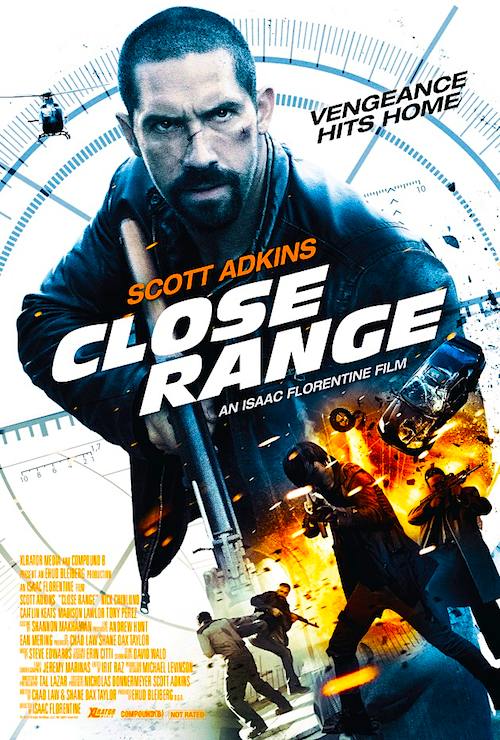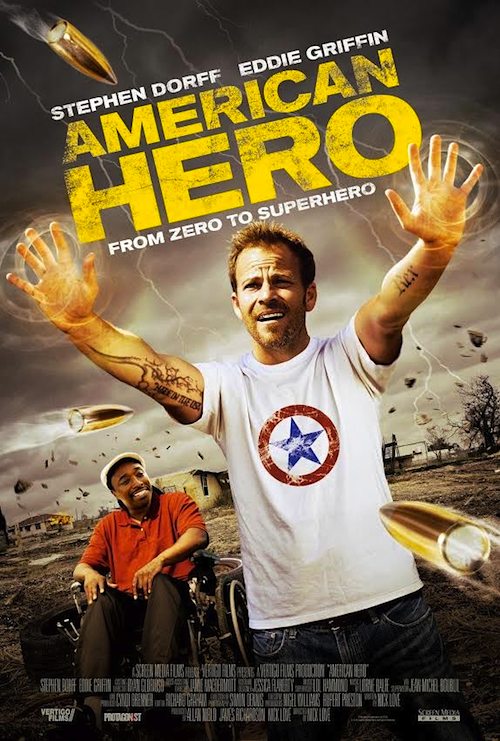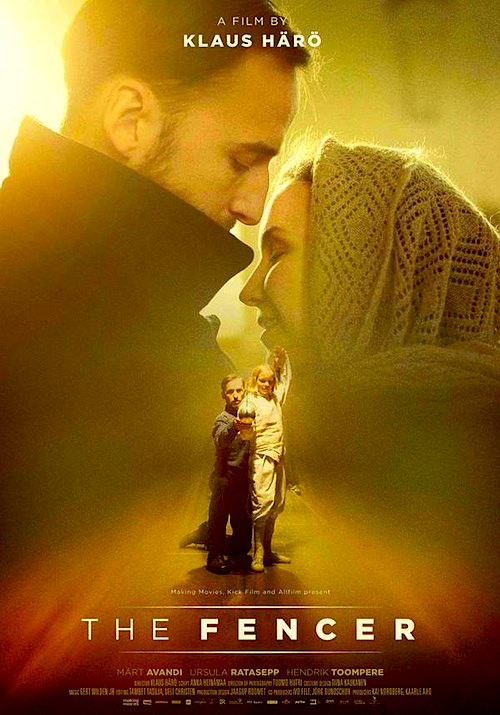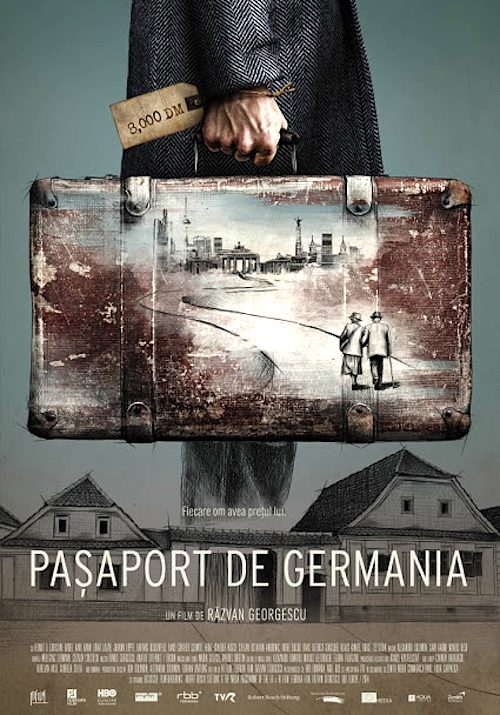By Joe Bendel. Where could a mountaineering Polish dissident go to most effectively fight communism in the 1980s? Obviously Afghanistan. Of course, getting there was no easy feat and staying alive once he arrived was even trickier. However, the late Adam Jacek Winker was not easily dissuaded. Anca Damian tells his extraordinary story in the animated documentary The Magic Mountain, which screens as part of the AFI’s 2015 EU Film Showcase.
For Winker, opposing the spread of communism was a decidedly personal matter. His cousin and uncle were among those murdered by the Soviets at Katyn. He was able to get out of Poland while the getting was relatively good, but he also felt guilty about abandoning his homeland in a time of prolonged suffering. As a result, he was always looking for a way to take the fight back to the Soviets. While living in Paris, he was a bit of a gadfly, providing unwanted reality checks for the French communists’ Labor Day festivities, but he was truly called to Afghanistan.
Since Winker only had a French “refugee” passport, getting to Afghanistan, by way of Pakistan, was a complicated process. However, once there, Winker fell in with the mujahedeen relatively quickly. He had the extreme good fortune to join up with Commander Ahmad Shah Massoud, the “Lion of Panjshir,” an ardent foe of communism, who later rejected the Taliban’s oppressive fundamentalism just as vigorously. Alas, Mountain also serves as an elegy to the assassinated Massoud, as well as his somewhat eccentric Polish friend and comrade.

Indeed, some the most poignant moments of Mountain focus on Winker’s efforts to promote and then memorialize the fallen Afghan hero. Yet, with respects to her central figure, Damian never descends into blinkered hagiography. Winker’s fault are readily identified, making him the stuff of classical tragedy, but viewers will understand where his zeal came from, and admire him for harnessing it.
Mountain incorporates archival photos of Winker and Massoud into the distinctive and diverse work of its team of animators and artists, including Theodore Ushev, Tomek Ducki, Matei Focsa Neagoe, Dan Panaitescu, and Raluca Popa. Frankly, a few sequences are almost excessively stylized to the point of self-defeating abstraction, but other visuals are absolutely arresting. Regardless, the film is always powered along by its sweepingly dramatic narrative.
Winker really was a character—a heroic character. He was also a principled individualist, who did not let his experiences in Afghanistan blind him to the dangers of Islamist ideology in his final years. Basically, he stayed on the right side of history, every step of the way, making his life story quite fascinating and instructive. Very highly recommended for fans of animation and biographical documentaries, The Magic Mountain screens this Saturday (12/12) as part of the AFI’s EU Film Showcase.
LFM GRADE: A
Posted on December 10th, 2015 at 1:00pm.




